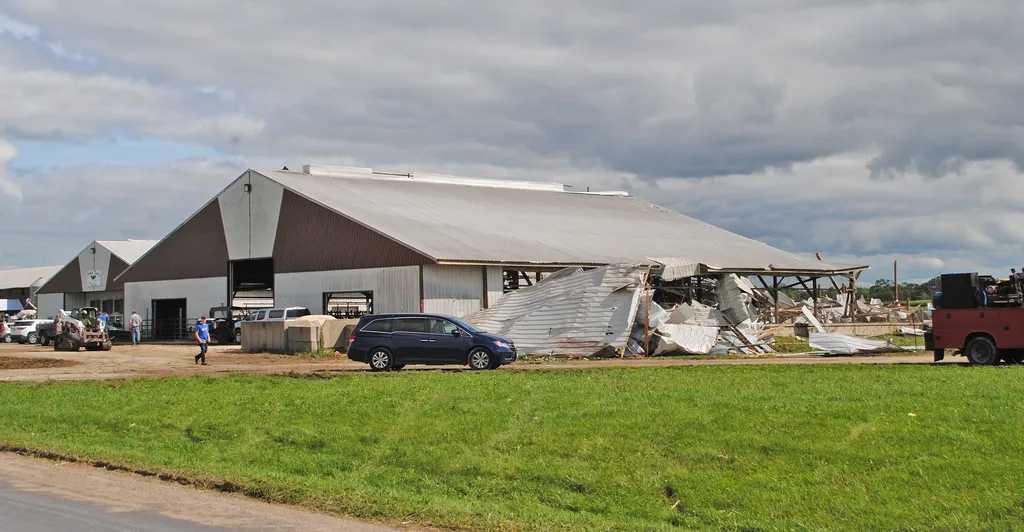At the bustling Nakuru City matatu terminus, 75-year-old Daniel Kiplagat waits for a ride to Kabarnet, his walking stick bearing the weight of more than just his ageing body. His story is one of faded hope, a reminder of how collective dreams can curdle into generational disappointment. Kiplagat is among thousands of Kamatusa—an ethnic alliance of Kalenjin, Maasai, Turkana and Samburu—who, in the 1980s, pooled their savings to purchase the 2,700-acre Technology Farm on Nakuru’s outskirts. Four decades later, the promise of prosperity has evaporated, leaving behind a trail of unanswered questions and deepening poverty.
The farm was meant to be a golden opportunity, a community-driven investment that would secure economic stability for its shareholders. Instead, it has become a symbol of exclusion. Most contributors, now elderly and ailing, have never received dividends, attended an annual general meeting, or had a say in the farm’s management. Many have died without seeing any return on their investment. Their frustration is palpable, a quiet anger simmering beneath the surface of resignation.
Nicholas Ng’etich, another shareholder, remembers the optimism of the early days. “I contributed Sh2 for a share, while elders gave Sh5,” he recalls. “That farm was meant to lift all Kamatusa.” Today, over 200 acres of the land host the Rift Valley National Polytechnic, a development that, while beneficial to education, has done little for the original investors. Ng’etich suggests the remaining land could be transformed into a technology hub, akin to Konza City, to generate wealth for shareholders and Nakuru’s growing population. But the polytechnic’s presence has entangled the farm’s governance, with some trustees also sitting on the college’s council, raising concerns about conflicts of interest.
The origins of Technology Farm trace back to the late President Daniel arap Moi, who in the 1980s encouraged Kamatusa communities to collectively purchase land from departing white settlers. District Commissioners mobilised contributions across 13 districts, framing the initiative as a path to shared prosperity. Alongside Technology Farm, the community also acquired the 5,000-acre Deloraine Farm in Salgaa under similar terms. Both were supposed to secure the Kamatusa’s economic future. Instead, they have become emblematic of broken promises.
For many shareholders, the contributions were not voluntary. Charles Tanui, from Nandi, recounts how his late father was coerced into giving money. “Chiefs came to his homestead in Kapsabet, confiscated two sheep, sold them, and forced the money into Technology Farm shares,” he says. His father died without ever receiving a dividend. In Samburu, 72-year-old Loipirr Nterit, who contributed Sh50, now faces his children’s and grandchildren’s questions about dividends he cannot deliver. “I’m old, sick, and living on borrowed time. What do I tell them?” he asks.
The dispute has drawn the attention of lawmakers. The Public Investments Committee (PIC) on Governance and Education, chaired by Bumula MP Jack Wamboka, has summoned the trustees—including former Baringo Senator Gideon Moi, former Cabinet Secretary Julius ole Sunkuli, and other prominent figures—to explain their stewardship. “This farm was not bought by a club of trustees. It was bought by the people of Rift Valley,” Wamboka asserts. The Nakuru County Assembly has also weighed in, summoning Sunkuli over the land dispute, though its findings remain undisclosed.
Sotik MP Francis Sigei, whose late father was an original contributor, has been vocal about the injustice. “My father gave his hard-earned money to buy this land. That means I should have a stake in it,” he says. For Sigei, the Technology Farm saga raises broader questions about accountability. “This is not just about Technology Farm. It is about community resources across Kenya. Who raised the money? How was it managed? Who is benefiting today?”
The irony is stark: Technology Farm thrives, its fertile land strategically located near Nakuru City, one of Kenya’s fastest-growing urban centres. The polytechnic has turned part of it into an educational hub, yet those who sacrificed to acquire the land remain excluded from its benefits. The dispute has also ignited demands from heirs, who insist their inheritance must be recognised. “The first shareholders are fast exiting the stage through natural attrition, but their heirs must benefit,” Tanui insists.
As the PIC hearings approach, expectations are high that long-suppressed truths will emerge. Shareholders and their descendants want audited accounts, dividends, and formal

